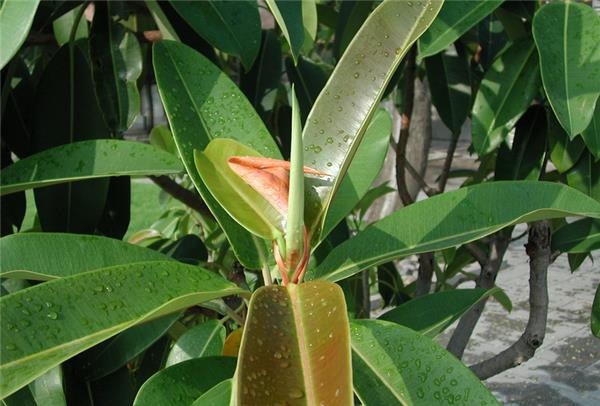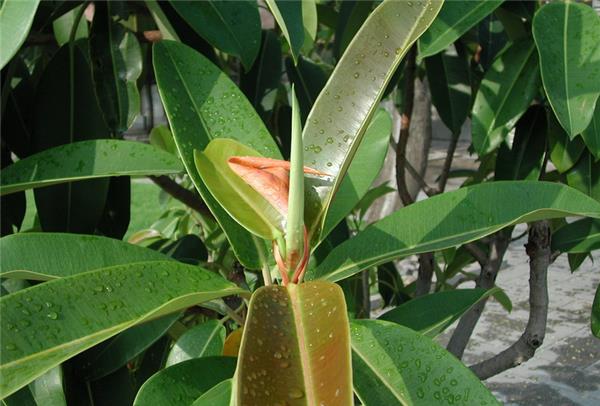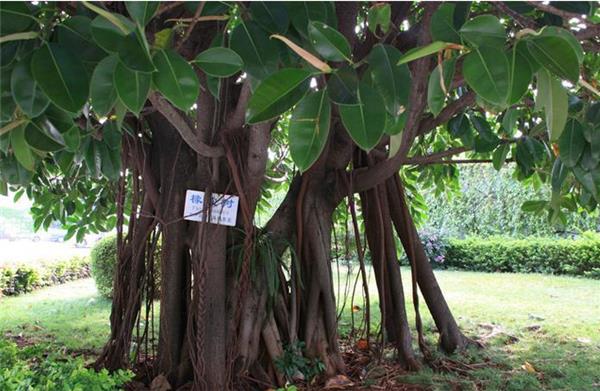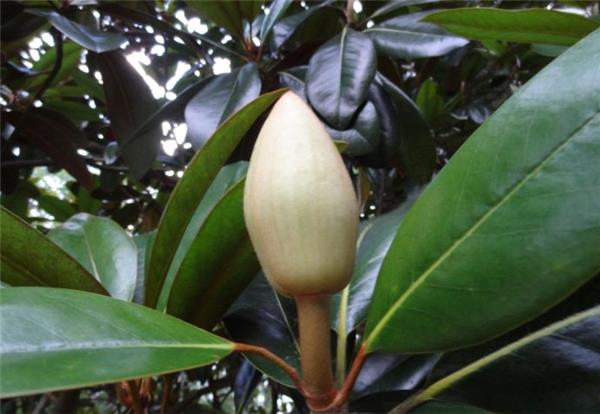How does the propagation of rubber trees proceed?
I believe many plant enthusiasts want to know how rubber trees reproduce. The understanding of the breeding methods of rubber trees is helpful for us to cultivate rubber trees. Because of our understanding, it is more scientific.

I. Propagation methods of rubber trees
The propagation methods of rubber trees are generally divided into two types: cuttage propagation and high branch striping propagation.
Cuttage propagation of rubber tree
Hevea brasiliensis has the advantages of simple operation, easy survival and fast growth. The cutting time is in the late spring and early summer, which can be combined with pruning, and most of the cuttings choose 1-year-old semi-lignified middle branches. After cutting the cuttings, in order to prevent the excessive flow of milk from the cutting mouth and affect the survival, the wound should be sealed with plaster or plant ash in time. The length of cuttings is based on the retention of three buds, cut off the lower leaf, close the upper two leaves, and tie them with a fine plastic rope to reduce leaf evaporation. The oysters are inserted on the bed with plain sand or frog stone as the matrix, keep the bed with high humidity after insertion, but do not accumulate water, the suitable temperature is 18 ℃ 25 min, often sprinkle water to the ground to increase air humidity, and do a good job of shading and ventilation, it can take root in 3 weeks, put it in a shaded place after pot planting, and then gradually increase the light after the new buds sprout.

Striping propagation of high branches of rubber tree
Family breeding with high branch pressing method is more convenient, and the success rate is also relatively high. Usually pay attention to maintenance, after taking root, you can cut off the pot culture.
Second, the growth habits of rubber trees
Rubber trees like the warm, humid, sun-deficient environment, but also slightly resistant to shade, not cold. It is required that the soil be rich and loose, and grow well in neutral or acidic soil. When potted, it is appropriate to use rotten leaf soil, grass ash soil plus about 1 to 4 river sand and a large number of base fertilizer to make up the soil. Usually keep the soil moist and apply dilute liquid fertilizer every 15 miles every 20 days.

In the summer low temperature season, the rubber tree grows faster, should be big, thin and small water, but to prevent stagnant water in the basin. After entering autumn, gradually increase fertilization and watering, rush into the plant growth emptiness, which is conducive to overwintering. Because rubber trees like the sun, they should be kept outside in the sun from spring to autumn; if left in the shade for a long time, it is easy to cause leaves to yellowing and falling off. Like the sun, single is also more shady, watering more overnight tea, the whole plant should often spray water, wipe the leaves with wet cloth, which is beneficial to photosynthesis.
Because the rubber tree is not resistant to cold, it must be moved to the sunny place outside in summer to maintain the room temperature above 10 ℃, and the minimum temperature should not be lower than 5 ℃. If the temperature is too low and the basin soil is wet, the leaves will blacken and fall off, the roots will erode, and even the whole plant will die. Move to the courtyard or balcony for maintenance from the end of April to the beginning of May next year. The south should pay attention to the change of season from indoor to outdoor can not immediately receive strong sunlight, that is, the change of light and temperature should not be too great. The room temperature is low in summer, so it should be watered in large quantities to maintain the micro-tide of the basin soil.
The leaves of rubber trees are bright, green and pleasant, and their plants are short and powerful, so they are suitable to be placed on the balcony to afforest the environment.

The above understanding of the breeding methods of rubber trees, but also the growth habits of rubber trees have been studied, which are helpful to our breeding of rubber trees.
Related
- Wuhan Hospital Iron Tree Blooming Result Was Instantly Frightened by the Gardener Master
- Which variety of camellia is the most fragrant and best? Which one do you like best?
- What is the small blue coat, the breeding methods and matters needing attention of the succulent plant
- Dormancy time and maintenance management of succulent plants during dormancy
- Minas succulent how to raise, Minas succulent plant pictures
- What are the varieties of winter succulent plants
- How to raise succulent plants in twelve rolls? let's take a look at some experience of breeding twelve rolls.
- Attention should be paid to water control for succulent plants during dormant period (winter and summer)
- Watering experience of twelve rolls of succulent plants
- Techniques for fertilizing succulent plants. An article will let you know how to fertilize succulent plants.



